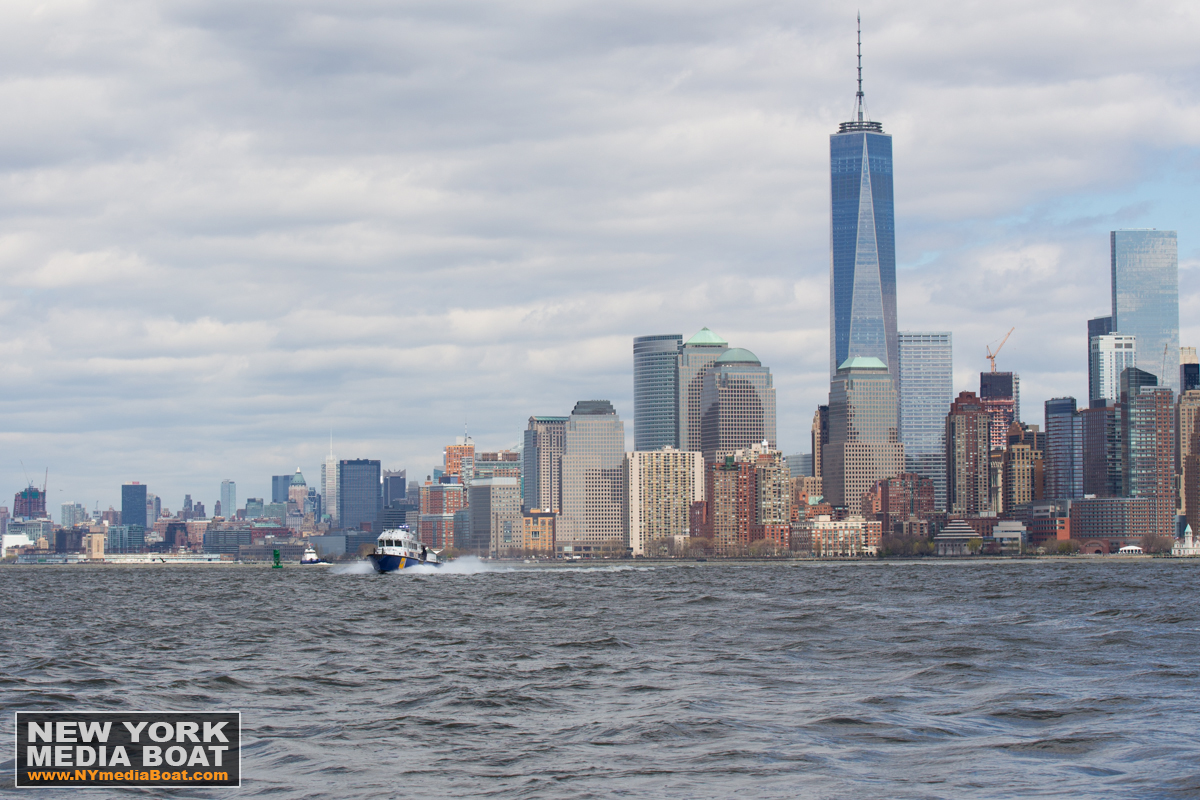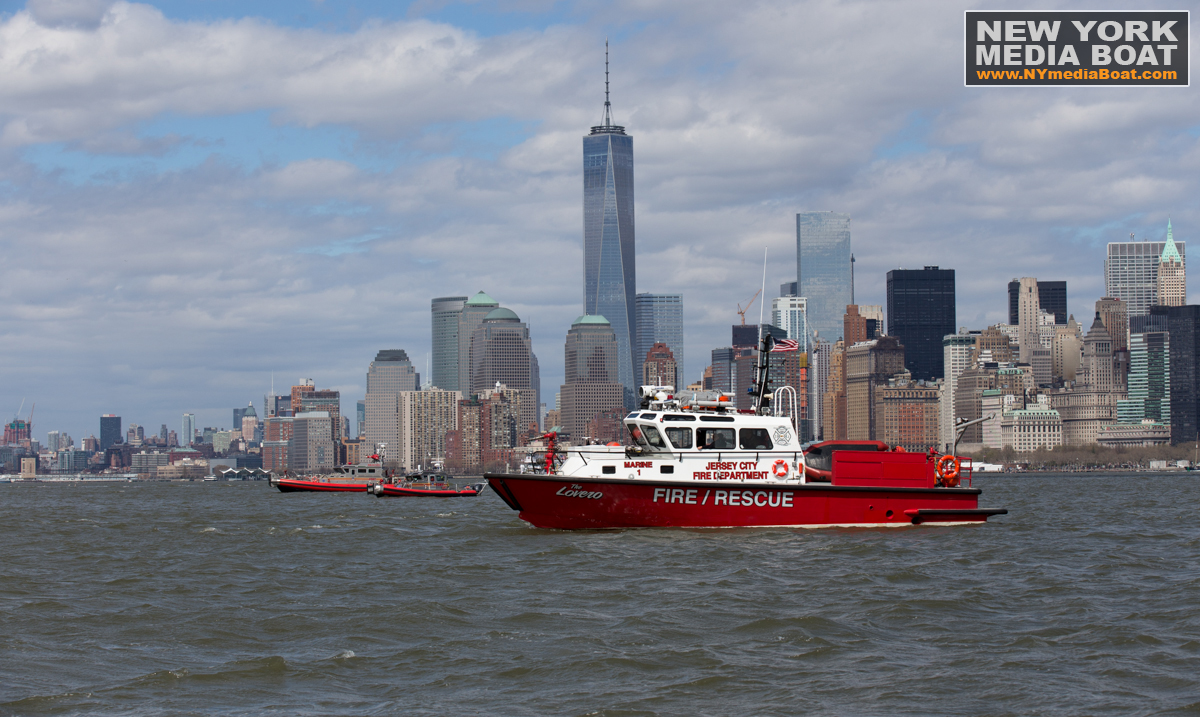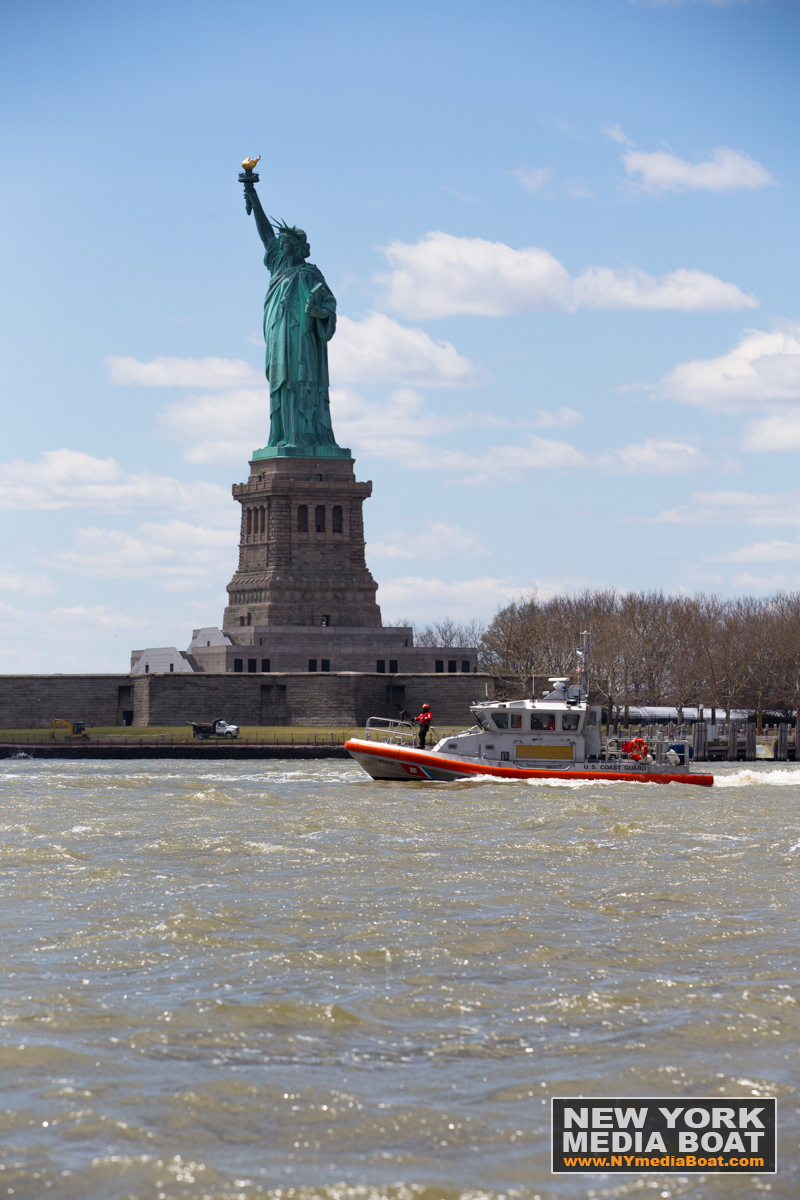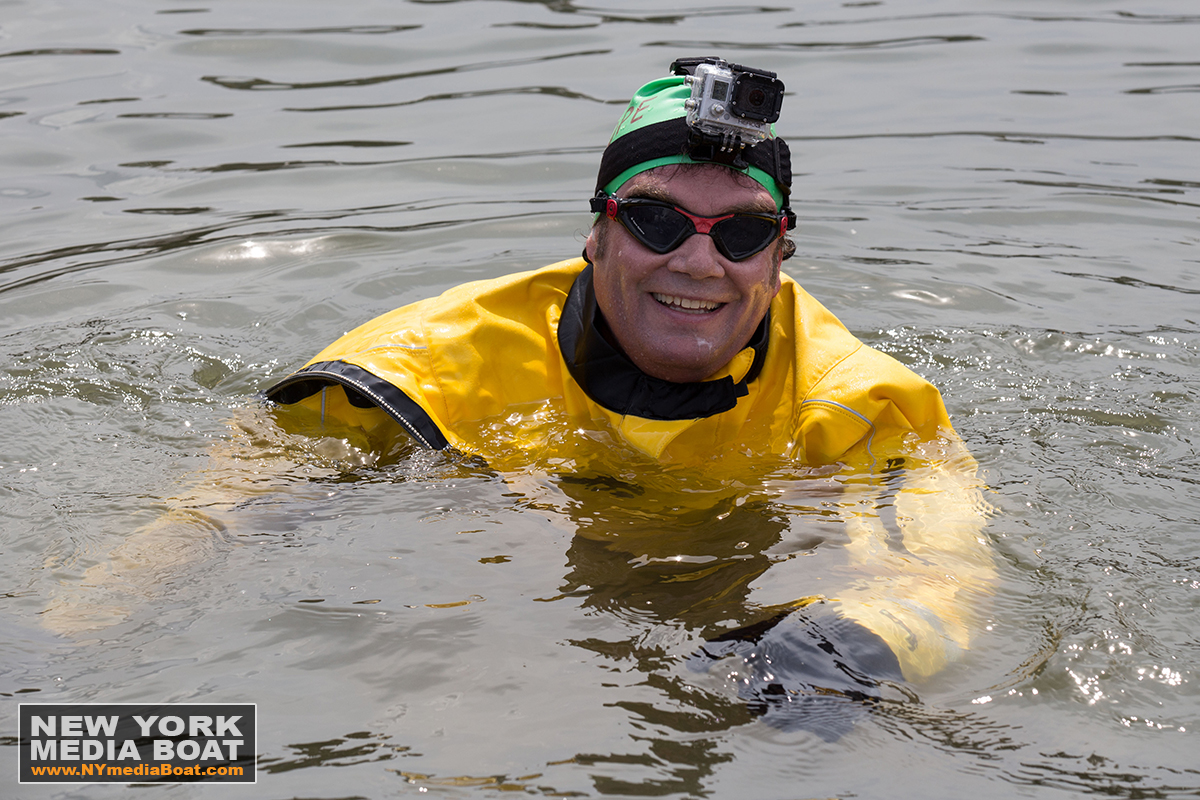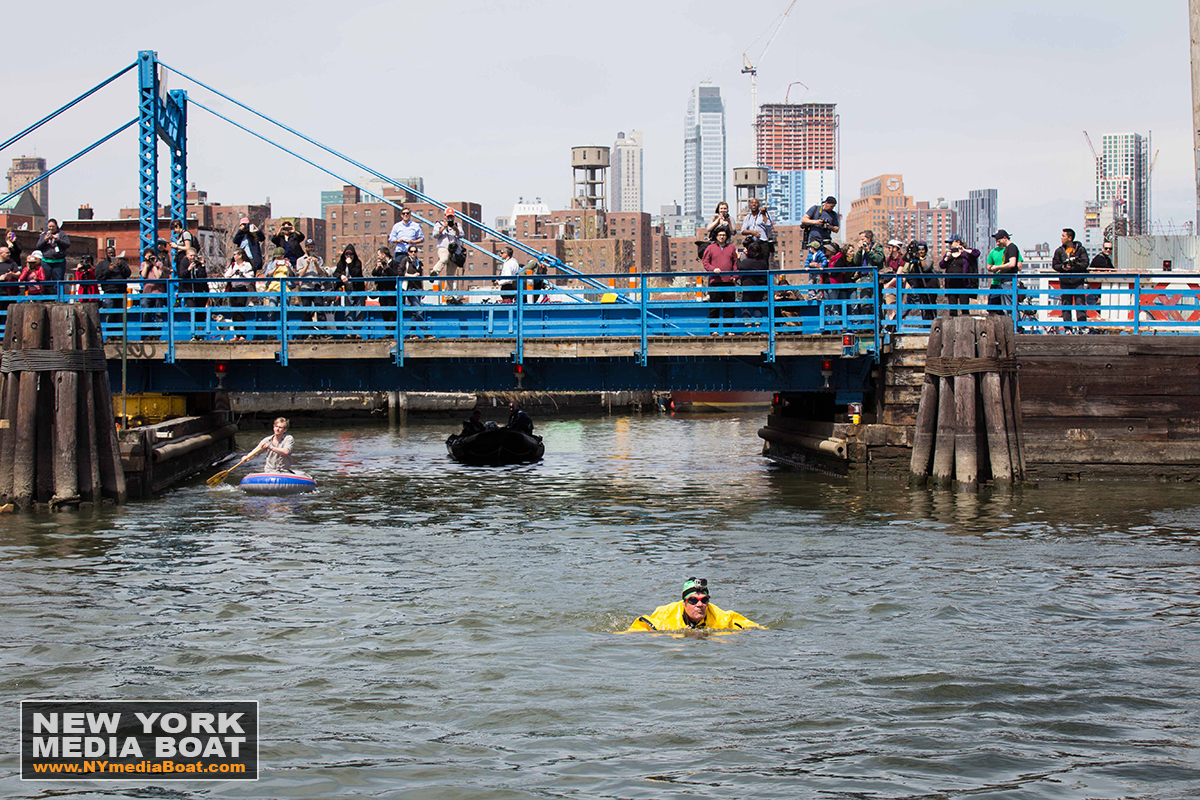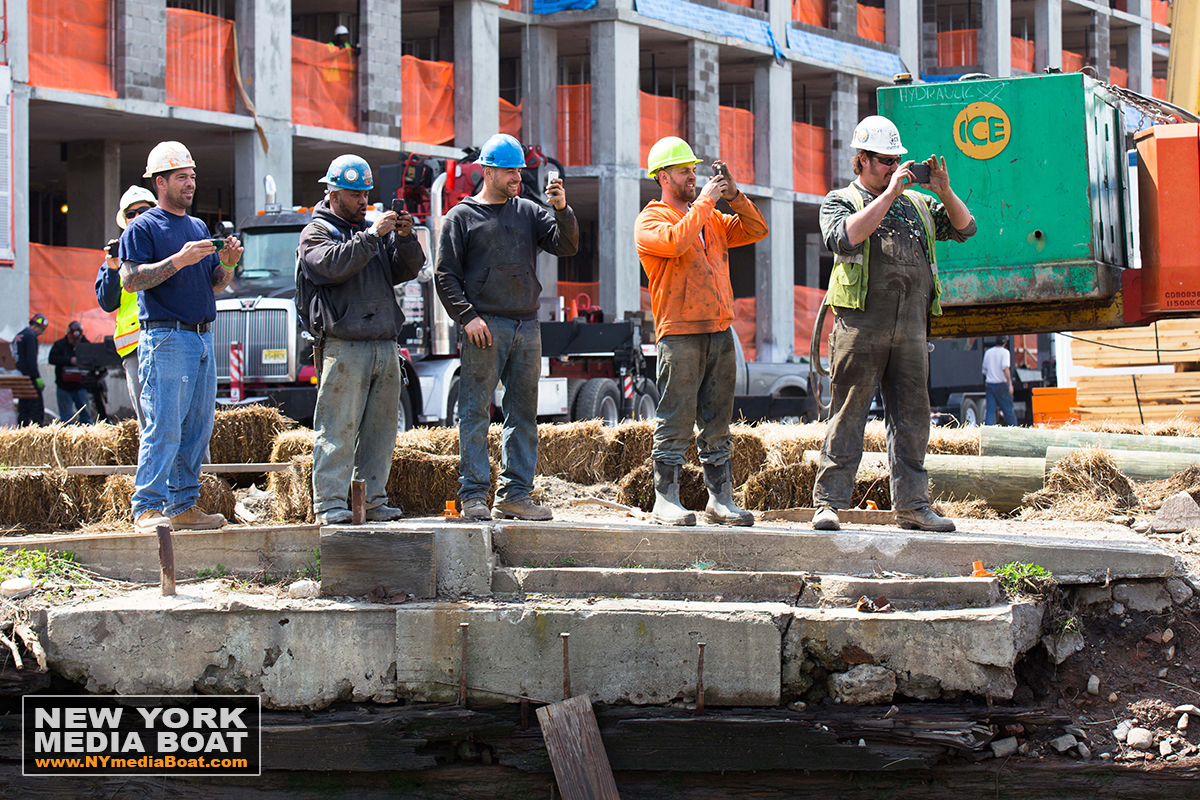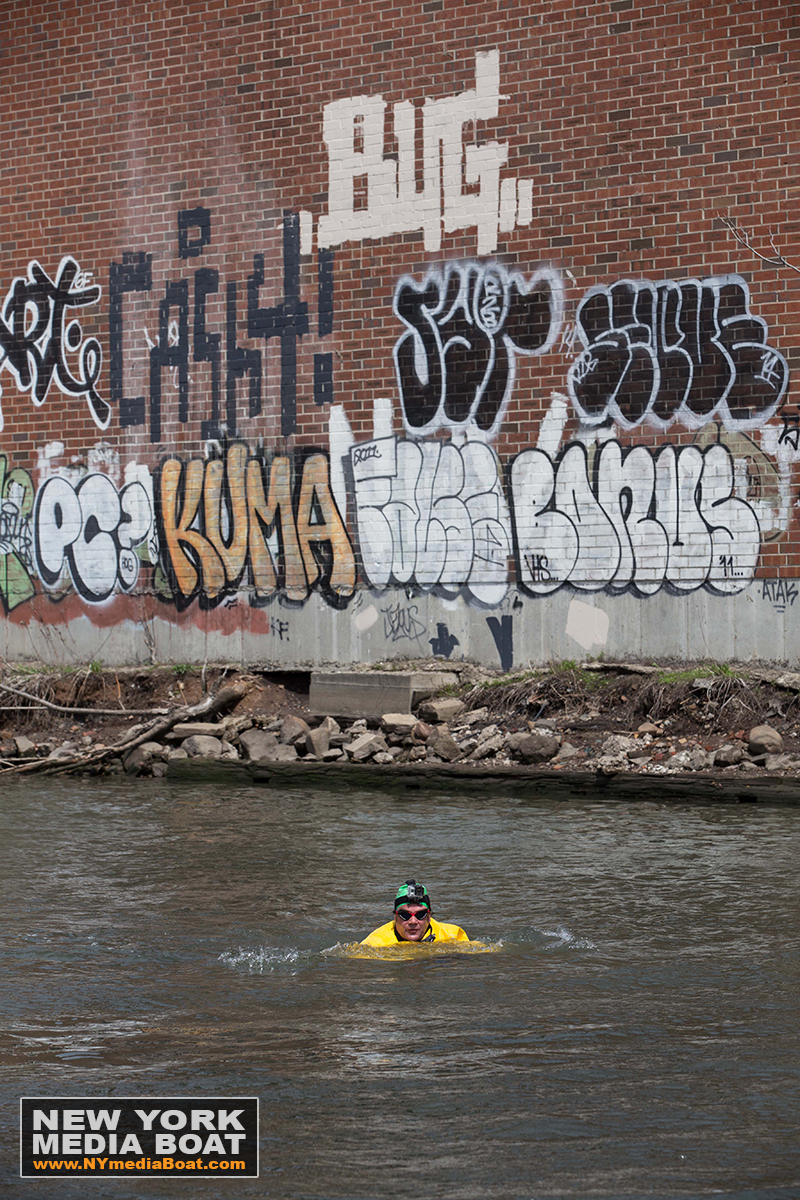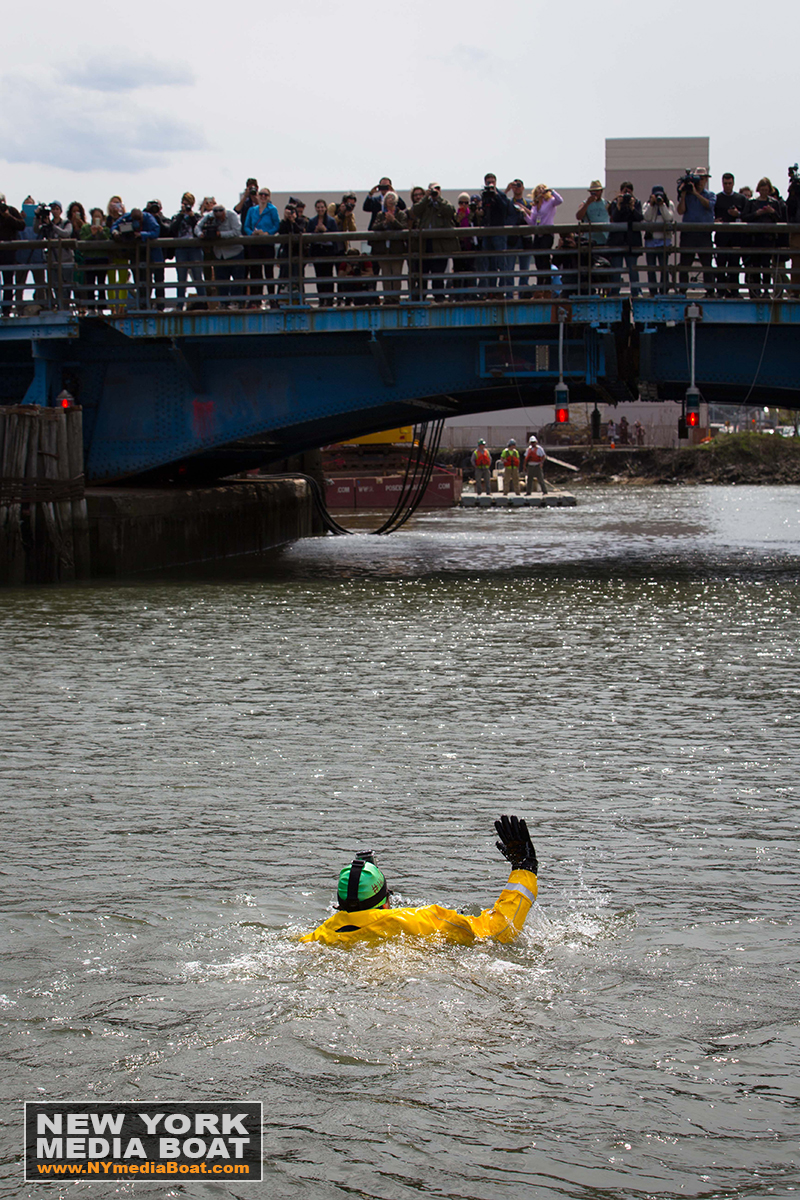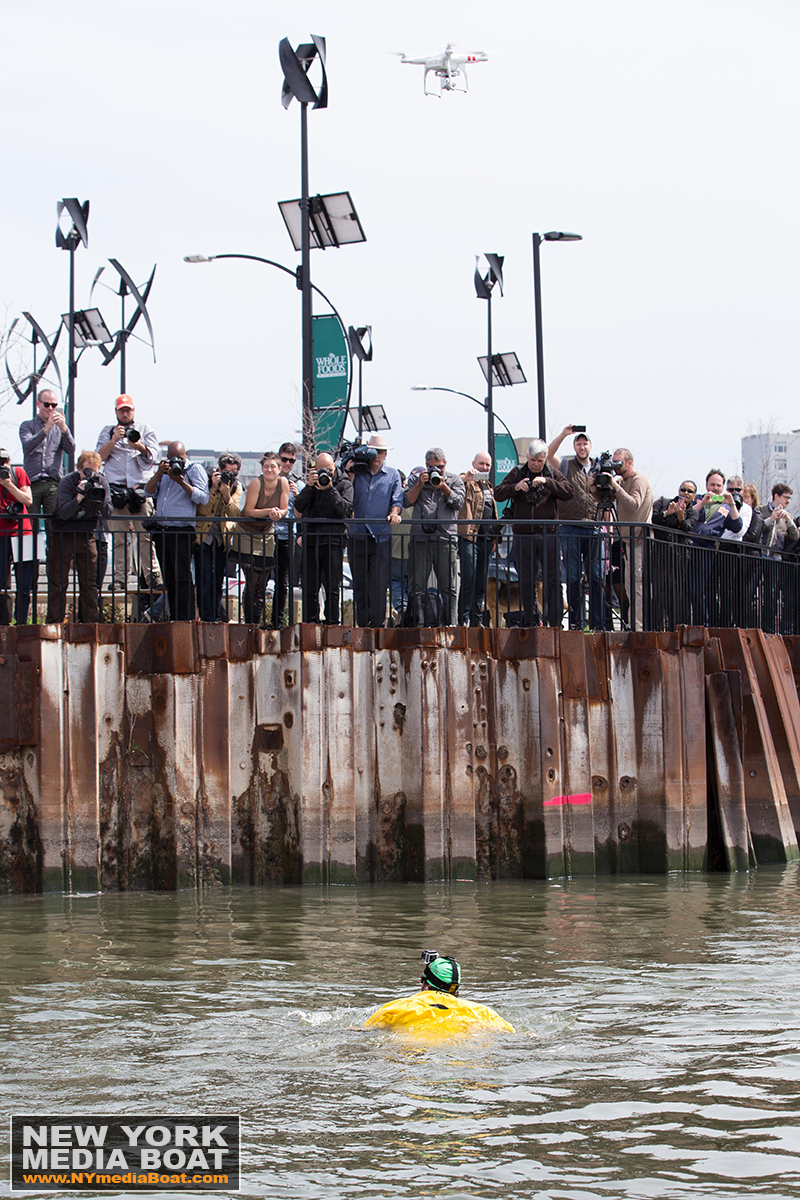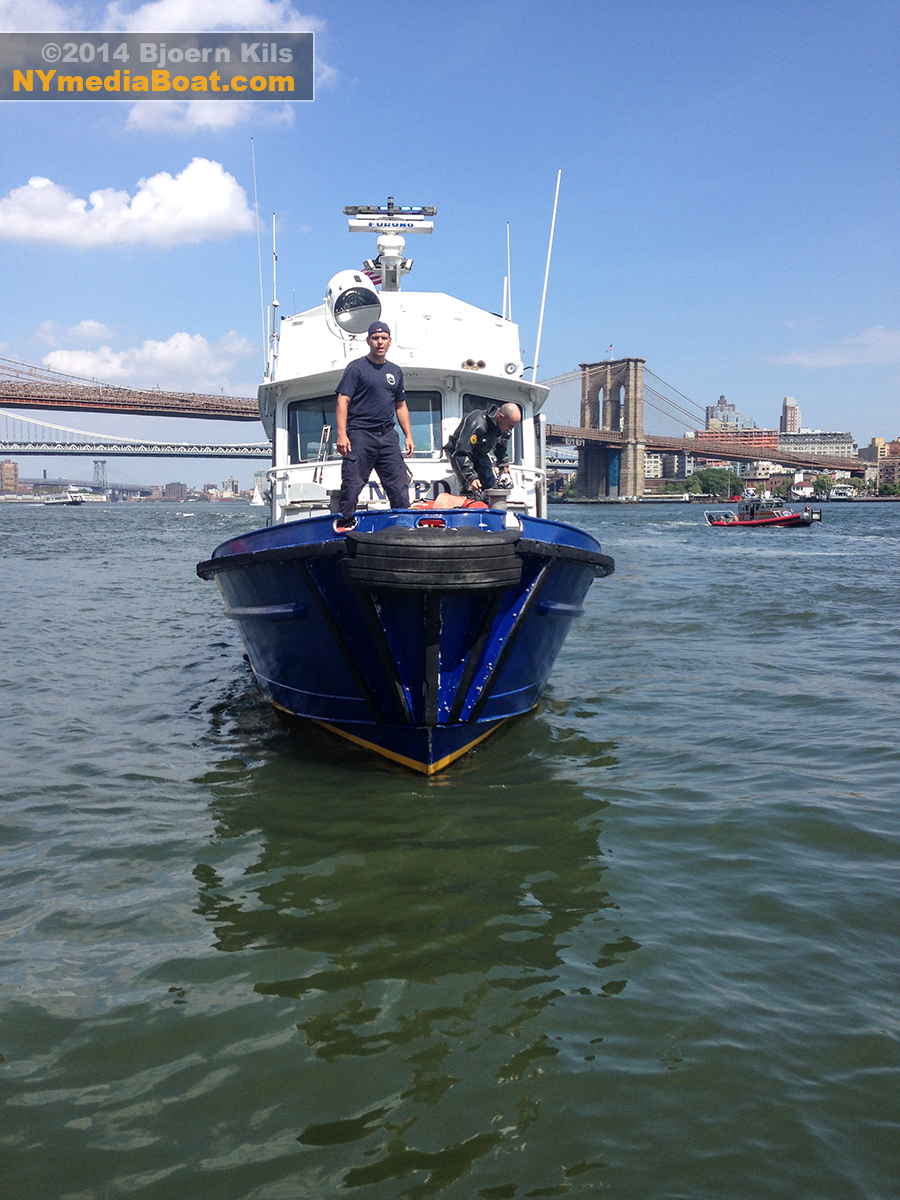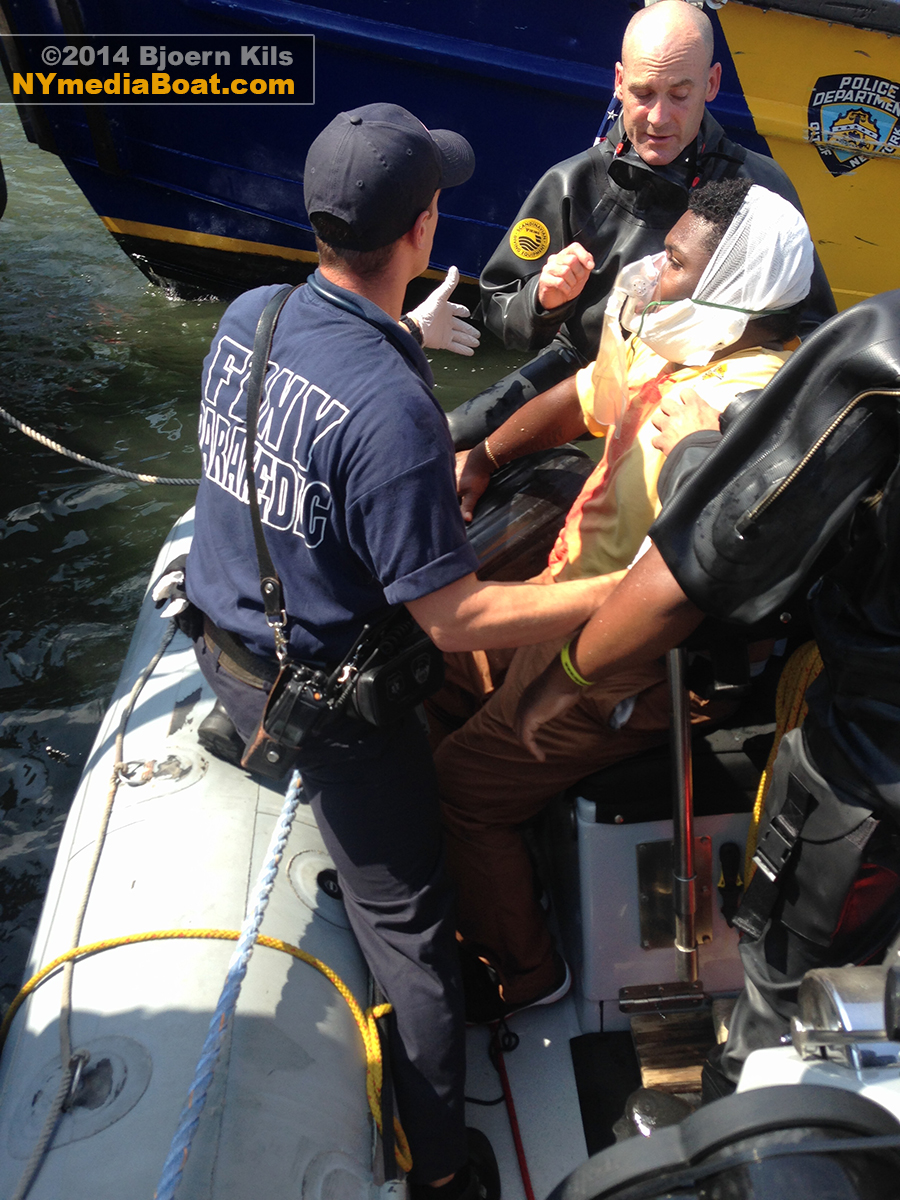After two weeks at sea, Greta Thunberg arrived in America. Boris Herrmann and Team Malizia sailed Greta across the North Atlantic - from Plymouth to New York. Thunberg is determined to tell U.S. policy makers a thing or two about climate change at the United Nations in Manhattan.
Greta Thunberg in New York at the Statue of Liberty aboard Malizia II
Thunberg sailed aboard Malizia II, an IMOCA class racing yacht, in order to minimize her own carbon footprint and not taking a plane.
Greta Thunberg at the Statue of Liberty in New York
Boris Herrmann and Team Malizia offered Thunberg the ride after hearing her speak to a group of school children and expressing interest in delivering her message to North and South America.
Greta Thunberg at the Statue of Liberty sailing towards her destination: Manhattan.
Greta Thunberg at the bow of Malizia II
‘Unite Behind The Science’ is a message Team Malizia is promoting. They outfitted the sailboat with CO2 sensors and are collecting ocean data on all their voyages.
‘Unite Behind The Science’ and ‘A Race We Must Win’ are clear messages in Malizia’s sails
The United Nations arranged a sailboat flotilla to welcome Greta with colorful sails.
Approaching Manhattan Thunberg waves to passengers aboard the Staten Island Ferry.
Greta Thunberg greets passengers aboard the Staten Island Ferry as she approaches Manhattan.
Greta Thunberg - Destination: Manhattan
Greta Thunberg’s father Svante accompanied her on the trip. Skipper Boris Herrmann in the background.
Boris Herrmann and Greta Thunberg were welcomed by thousands of fans and journalist from all over the world at North Cove Marina in downtown Manhattan.
Boris Herrmann and Greta Thunberg exit the press conference















